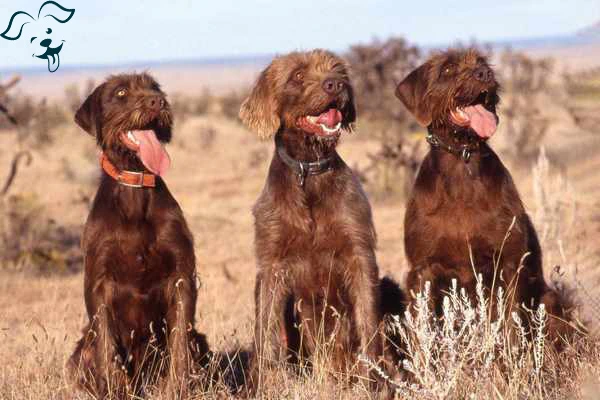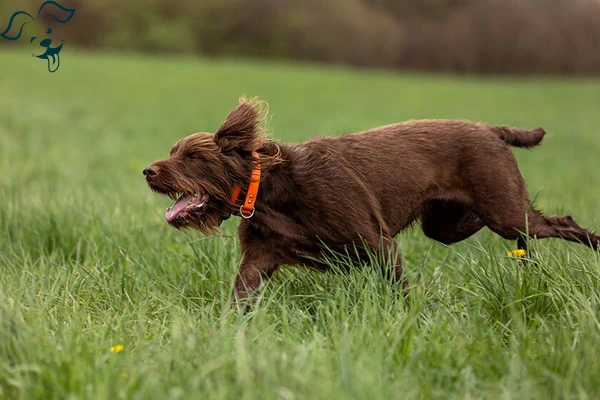CARING WITH FAMILY
|
| The level of affection a breed exhibits towards family members and familiar individuals can vary greatly. Certain breeds may be inclined to be reserved or distant with everyone except their owner, while others embrace everyone they know as if they were their closest companions. |
LOVE WITH CHILDREN
Unwise
Good With Children
|
| The degree of tolerance and patience a breed displays towards children and their overall family-friendly nature can vary. It is important to note that dogs should always be supervised when interacting with young children or children who have little experience with dogs, regardless of the breed. |
BEHAVIOR WITH DOGS
Unwise
Good With Other Dogs
|
| The general friendliness a breed exhibits towards other dogs can differ. While it's important to always supervise dogs during interactions and introductions with other dogs, some breeds tend to have a higher inclination to get along with other dogs, whether it be within the home or in public settings. |
SHEDDING LEVELS & MANAGEMENT
No Shedding
Hair Everywhere
|
| The amount of fur and hair a breed tends to shed can vary. Breeds that experience high shedding will generally require more frequent brushing to manage the loose hair. It is important to note that high shedding breeds may potentially trigger allergies in certain individuals. Additionally, consistent vacuuming and lint-rolling may be necessary to keep up with the stray hairs that they leave behind. |
COAT GROOMING STANDARDS
|
| The frequency of bathing, brushing, trimming and other coat maintenance varies among breeds. When considering the grooming needs of a breed, it's important to assess the time, patience and budget you can dedicate to this aspect of care. It is worth noting that all breeds require regular nail trimming for proper maintenance. |
DROOLING INTENSITY
Less Likely to Drool
Always Have a Towel
|
| The tendency of a breed to drool can vary. If you prioritize cleanliness and prefer to keep your environment free from slobber, then breeds that are prone to leaving ropes of drool on your arm or creating large wet spots on your clothes may not be the most suitable choice for you. |
COAT STYLES GUIDE |
| Wiry, Smooth, Rough |
| COAT SPECTRUM |
| Short |
FRIENDLINESS
Reserved
Everyone Is My Best Friend
|
| The level of welcoming behavior a breed displays towards strangers can differ. Certain breeds may exhibit reserved or cautious behavior around unfamiliar individuals, regardless of the setting. On the other hand, some breeds are generally eager and happy to greet new humans whenever they encounter them. |
LIVELINESS
Only When You Want To Play
Non-Stop
|
| The level of enthusiasm for play can vary among breeds even beyond the age of puppyhood. Some breeds will maintain a strong desire to engage in activities like tug-of-war or fetch well into their adult years. They are consistently eager to participate in playtime. Conversely, other breeds may be more content with relaxed activities, such as lounging on the couch with you and may not display the same high level of playfulness throughout their lives. |
VIGILANCE INTENSITY
What's Mine Is Yours
Vigilant
|
| Certain breeds are more inclined to alert you when strangers are present. They are attuned to potential threats, whether it be the arrival of the mailman or the sight of a squirrel outside the window. These breeds are likely to warm up to strangers who enter the house especially if they are accepted by the family. |
ADAPTATION CAPACITY
Lives For Routine
Highly Adaptable
|
| The adaptability of a breed in handling various changes, encompassing alterations in living conditions, noise levels, weather patterns, daily routines and other day-to-day fluctuations, is truly remarkable. |
OBEDIENCE LEVEL
Self-Willed
Eager to Please
|
| Discover how effortless it can be to teach your furry companion and witness their enthusiastic embrace of novel concepts. Certain breeds are driven by an innate desire to please their owners, while others display a preference for independent decision-making unrestricted by time or location. |
STAMINA LEVEL
|
| Take into consideration the exercise and mental enrichment requirements specific to each breed. High-energy breeds exhibit a constant readiness for engaging in exhilarating activities and eagerly look forward to their next adventure. Their days are filled with thrilling pursuits such as running, jumping and play. On the other hand, low-energy breeds resemble contented couch potatoes finding immense bliss in lounging around and peacefully dozing off. |
VOCALIZATION
|
| Medium |
LEARNING CURIOSITY LEVEL
Happy to Lounge
Needs a Job or Activity
|
| Assess the level of mental stimulation necessary for the well-being and contentment of each breed. Purpose-bred dogs often have occupations that demand decision-making, problem-solving, concentration and other cognitive qualities. Without adequate mental exercise, they may resort to creating their own activities to occupy their minds. Unfortunately, these self-initiated projects might not align with your preferences or expectations. |
| COLORS |
|
Description
|
Registration Code
|
|
Black
|
007
|
|
Liver
|
123
|
|
| PATTERNS |
|
Description
|
Registration Code
|
|
White Markings
|
014
|
|






























FRIENDLINESS
LIVELINESS
VIGILANCE INTENSITY
ADAPTATION CAPACITY